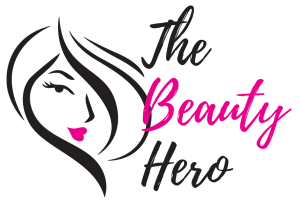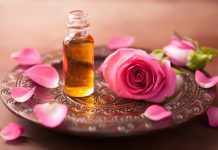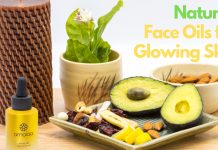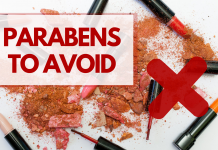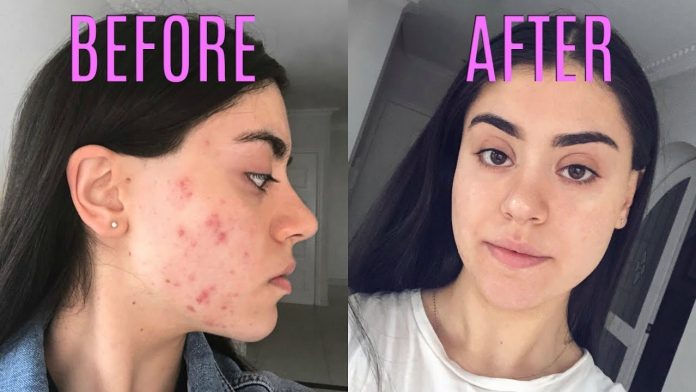Hormonal Acne
This is an inflammatory skin disorder that’s more commonly known as just acnes. Although it’s more common in women than men, it affects people of all sex and ages. It may not be categorized as a deadly or extreme skin disorder, but most people dread it for the fact that it leaves scars and spots behind. Although it can appear on just about any part of the body, hormonal acne attacks the face, back, shoulder, chest, and neck of its patients more than any other part of the body.
If you’ve got this skin condition, learning a lot of relevant things about it and its treatments is necessary for getting rid of them and keep your skin as smooth and healthy as possible.
Types of Acne
The different type of acne can be broadly classified as either non-inflammatory or inflammatory acne.
Non–Inflammatory Acne
Non-inflammatory acne are those acnes that are not accompanied by swelling and are not very painful either. This type does not suffer deep bacteria infestation and is relatively easier to get rid of. There are two types of acne under this class- blackheads and whiteheads.
Blackheads are small, blackish or dark bumps, which are opened at the top. Their dark color appears as the result of its opening at the top and exposure to air. They do not cause scarring.
Whiteheads do not cause scaring either. They are also small, whitish, and closed at the top, unlike the blackheads. Usually, there’s always a hair strand trapped in the center.
Inflammatory Acne
They are a lot more severe than non-inflammatory acne. They are usually accompanied by swelling and pains. The growth of bacteria in the pores significantly contributes to the severity of this acne type. There are four types of acne under this class- papules, pustules, nodules, and cysts.
Papules are inflamed acne that appear as red bumps on the skin. They form as a result of a break in the follicle wall due to overdue pressure on the wall as the C. acne bacteria multiple in the pore. Papules can heal within just a few weeks.
As the papules linger and the C. acne bacteria continue its activity in the pore, they develop to pustules. Pustules are very much like papules except that they are known to come with pus and often painful with a yellowish top.
A painful, red, and swollen acne may not exactly mean; it’s could even be acne nodule. Nodules dig deeper in and are more severe than pustules. When a broken follicle wall slips into the dermis and gets inflamed, acne nodules form. They are hard, and in most cases of nodules, scarring occurs. It takes a few months for it to completely heal.
Cysts are the rarest form of acne but also the most severe form of the skin condition. They are soft, painful, and filled with pus. They get inflamed and swell, leaving scars behind. Cysts take a longer time to heal.
There are several misreading impressions about what’s really responsible for acne. Some believe it’s a result of taking too many oily foods, not washing the face properly, or poor hygiene. Although these are all bad practices for general health, yet, they are not responsible for acne outbreaks. So, what’s really the cause of this skin disorder? Let’s find out.
Causes of Acne
The sebum is the body’s natural oil that is secreted by the sebaceous glands. It keeps the skin hydrated and prevents it from drying out; so it does a really good job for our skin- until the body secretes too much of it! When excess sebum is produced, they are forced to cluster together and form clumps in the pores on our skin. When dead skin cells and dirt join the cluster, they clog the pores. This, if unchecked sees the growth of a special kind of bacteria called Cutibacterium acnes (C. acnes). When this happens, it’s most likely to result in the appearance of hormonal acne, simply called acne sometimes. This is the root cause of acne- the clogging of the skin pores by clumps of sebum, dead cells, or dirt, and the growth of the bacteria.
However, there are different factors that trigger the excess secretion of the sebum in our body. These factors may not necessarily be the causes but act as significant triggers to this skin disorder.
Hormonal acne, simply called acne, is mostly caused by the excess release of sebum by the body due to hormonal fluctuations. It is because hormonal fluctuations are the major cause of acne that acnes are sometimes called hormonal acne. Hormonal fluctuations can occur during menstruation, menopause, and other biological changes that occur in the body. Since most of the factors leading to hormonal fluctuations occur in women alone, women are more likely to experience this type of acne than men. Those growing from adolescence to adulthood and experiencing puberty are more prone to acne breakouts too for the same reason of hormonal fluctuations.
Acne breakouts can also be as a result of the body’s immune system reacting suddenly to defend the body from a foreign body. This spontaneous reaction can cause inflammation and flares, which eventually results in the growth of acne.
Stress may also trigger an increased production of sebum, which will, in turn, encourage the appearance of acne. Not only can stress lead to increased secretion of the body’s natural oil, but it can also worsen the condition of the acne in anybody who has already had it.
Cosmetics and chemical products may also encourage hormonal acne. Since some of the make-ups and cosmetics are capable of clogging the skin pores, they make the acne forming process a lot easier. It’s important to watch out for healthy cosmetic products that will not clog the pores when shopping for your make-up and skincare products.
Getting Rid of Hormonal Acne
Well, it’s not all bad news with hormonal acne; there are effective remedies for acne also. Just about every type of acne can be treated if properly addressed. Inflammatory acne may linger a while with the tendency of leaving scars behind, but all acne will eventually go away after some time when treated properly. They are a bit tougher to handle, and may sometimes require a visit to an experienced dermatologist for professional treatment. Appropriate and timely medication can prevent even the worst forms of acne from scaring the skin.
Most acne caused by hormonal imbalance and fluctuations will leave at the end of puberty, menopause, or menstruation, or any other biological change that may have triggered it. During this period, it is important to maintain it properly to avoid further escalation or increased severity.
Prevention
As they say, prevention is always better than cure; it is important to understand how to prevent these breakouts even before considering how to get rid of them. Our regular activities in our day to day life can significantly affect the appearance and severity of acne.
- Avoid unnecessary and over-exposure to the sun.
- Clean up your skin properly especially after sweating.
- Anyone with oily skin type should bath twice daily (twice daily is just enough, avoid bathing too many times, as this can leave the skin flaky)
- Avoid undue stress as this has been identified as one of the factors that can trigger acne outbreaks.
- Avoid strenuous activities; they make you sweat a lot more.
- Shave properly. Dampen hairs before shaving to make them softer and easier to shave.
- Avoid changing creams, make-ups, and toiletries as best as possible. A sudden change in any of these can make the immune system act spontaneously and trigger breakouts
Home Remedies
There are basic things you can do the help treat and maintain the skin condition, even at home. So, the fight against acne is generally not for the doctors alone, you got to be actively involved too. Here are some home remedies you should adhere to:
- Use mild soaps and cleansers to bathe.
- When bathing, avoid scrubbing the kin aggressively
- Avoid squeezing acne; it only tends to worsen things.
- Cut down on the amount of make-up worn during the time.
- Wear only make-ups that are water-based or alcohol-based. Avoid oil-based products.
Anti-Hormonal Acne Diet
Achieving that flawless skin that’s free of acne, doesn’t end with buying a list of chemical products, a good diet is also necessary to complement them. Studies reveal that what you take into your system as food affects the development of acne. Diet plays a significant role in reducing acne or causing flares. Hence, there are foods one should avoid when suffering from acne breakouts and foods one should increase intake to help treat the condition.
So what are the essential nutrients and properties to look out for when eating? Here’s a good lead:
High-Fibre Diet:
This also helps clear your gut and reduce inflammation. That’s not all they do; fibres help to control the blood sugar level in our systems, which in turn reduces the chances of developing acne or having a breakout. Studies show that there is a notable improvement in acne patients who settle with a high-fiber diet. Foods rich with fibers include broccoli, berries, flax seeds, nuts, potatoes, carrots, whole grain cereals, oatmeal, etc.
Antioxidants Properties:
More intakes antioxidants go a long way to help soothe and treat acne. There are several foods which contain a high amount of antioxidants. Some of these foods include herbs, green vegetables, fruits, essential oils, etc. Besides these foods, there are always food supplements that equally provide lots of healthy antioxidants for your body.
Probiotics:
There are bad bacteria, and there are good bacteria. Good bacteria bring several benefits to your digestive system as they help to break down food properly and clear the gut. This is where probiotics come in. They also act like antibiotics in the body to boost the recovery process from acne. Probiotics are mostly available as supplements.
Hormonal Acne Natural Treatment
Other than Over-the-Counter drugs, there are other natural treatment methods that are quite as efficient as any other successful means of treating acne. Natural treatments have the added advantage of being less likely to cause irritations. It’s rare to suffer allergies from natural treatments. These natural treatments succeed at treating hormonal acne chiefly because there are capable of decreasing inflammation and clearing up the skin. The following are simply natural treatments that work effectively:
Omega-3 Fatty Acids:
Omega-3 fatty acids have super anti-inflammatory properties that not only reduce inflammation but also lower androgens. Look out for foods that have a good amount of these acids or go for food supplements that provide them. Foods rich in omega-3 fatty acids include fish, such as mackerel, salmon, and sardines, wild rice, nuts, such as walnuts and almonds, spinach and kale, mustard seeds, navy beans, soybeans and soy products, and flaxseeds.
Avoid Foods with High Sugar Content:
Avoid foods with high amount of glycerine and sugar; this includes junk foods and foods with high carbohydrate content. This is because these foods break down too easily and too quick, hence triggering hormonal fluctuations by increasing the body’s blood sugar level.
Go for Detoxification Foods:
There are good foods that detoxify the body system and remove excess oils and hormones thereby cleaning up the body. They present a good source of natural remedy for acne. Such foods include kale, cabbage, dandelion roots, Brussels sprouts, chlorella, etc.
Grass-fed Butter:
This is another great food that acts as an excellent hormone balancer. They contain other important minerals and vitamins that are good for the skin too. Among these minerals is magnesium which is capable of absorbing excess, making it possible for grass-fed butter to regulate the body fat. Grass-fed butter also increases the skin’s elasticity. Unlike regular butter that could increase the body oil and further encourage the flare.
Good Rest:
This is surely not a class of food, but it’s also as important as the other treatments measures listed out earlier. It gives the skin a good time to rejuvenate, repair, and regrow dead cells, and maintain healthy skin. It refreshes not only the mind but the entire systems in the body. Eating right and taking the right medications without a good rest wouldn’t do much for the skin. You should treat your skin to at least 8 hours of sleep daily.
Hormonal Acne 7-Day Natural Diet Plan
So now we know your diet affects the development of acne, how do you select your foods right? Drawing up a healthy eating plan will not only put you on the right course, but it will also make you keep up with it. For one, your diet should now include protein-rich foods and low Glycemic Index (GI) carbohydrates. For a start, here’s a one week plan you’ll find rewarding:
Day 1
Breakfast: Berry Smoothie
Ingredients: kale, apple, goji berries, spinach, raspberries, unsweetened soy milk, chia seeds
Lunch: Herbed Lemon Salmon
Ingredients: salmon fillet, cup parsley, chopped, lemon cut into slices
Dinner: Chicken Strips
Ingredients: skinless chicken, vegetables, basmati rice
Day 2
Breakfast: Egg White Omelet
Ingredients: olive oil, chopped onions, cayenne pepper, liquid egg whites, spinach, and green peppers
Lunch: Lamb Salad
Ingredients: lean lamb, carrot, cabbage, vegetables
Dinner: Tuna Salad Zucchini Boats
Ingredients: zucchini, tuna, hummus, carrot, celery, and white onion
Day 3
Breakfast: Pumpkin Parfait
Ingredients: pumpkin purée, greek yoghurt, banana, flaxseed, cinnamon
Lunch: Chicken and Pasta Salad
Ingredients: skinless chicken, pasta, salad vegetables
Dinner: Steak and Cauliflower Mash
Ingredients: cheese, cauliflower, garlic powder, nutmeg, salt and pepper
Day 4
Breakfast: Mixed Avocado Salad
Ingredients: romaine lettuce, chopped, spinach, chopped, avocado, chopped, boiled egg, carrot, beet
Lunch: Autumn Soup
Ingredients: dairy-free tomato, carrot, ginger, butternut squash soup, chicken breast
Dinner: Easy Tuna Bowl
Ingredients: broccoli, quinoa, tuna, olive oil
Day 5
Breakfast: Spice Toast and Margarine (with Fruit)
Ingredients: fresh fruits, toast bread, low-fat milk, margarine
Lunch: Turkey and Mayo Pita
Ingredients: pita bread, lean turkey, low-fat mayonnaise
Dinner: Spinach and Artichoke Pasta with Vegetables
Ingredients: zucchini, olive oil, shallot, garlic, frozen artichoke hearts, fresh spinach, dry white wine
Day 6
Breakfast: Spaghetti Squash with Chicken, Mushrooms, and Spinach
Ingredients: spaghetti, chicken breast, white mushrooms, fresh spinach
Lunch: Mixed Bean Salad
Ingredients: kidney beans, parsley, lettuce, spring onions, bell peppers, mustard, olive oil
Dinner: Steak Sandwich
Ingredients: cabbage, carrots, green bean, tomatoes, stewed fruit, lettuce,
Day 7
Breakfast: Unsweetened Oats
Ingredients: dry oatmeal, walnuts, unsweetened almond milk, cinnamon, berries
Lunch: Herbed Lemon Salmon
Ingredients: salmon, parsley, lemon
Dinner: Grilled snapper
Ingredient: Grilled snapper, olive oil, garlic, ginger
